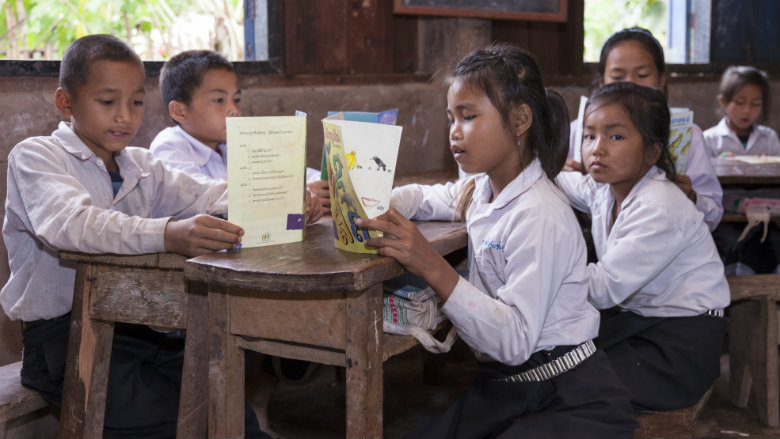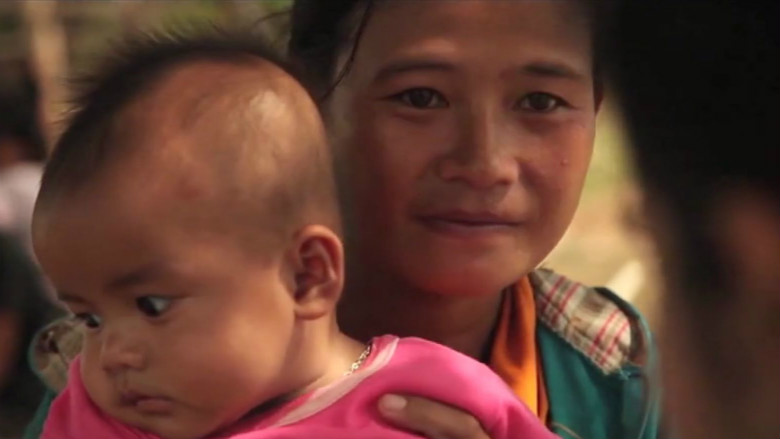Vientiane, Lao PDR - Experiences from other countries indicate that lack of infrastructure makes it harder for poor communities to escape poverty. For instance, it is harder for them to send their children to school if there is no school, or no road to the nearest school. It is harder for them to keep their children healthy if there is no health facility nearby, or no safe water supply. In Lao PDR, such trends changed for the better when the Government set up the Poverty Reduction Fund (PRF) with support from the World Bank and other bilateral donors.
“Before the bridge was built, travelling to our village was so difficult, especially during flooding. If people got sick, they could not go see the doctor and children could not go to school,” says Vanthong, village elder of Houtoung village.
Since 2003, the Government started financing a series of PRF projects to enable the construction of vital infrastructure including schools, health clinics, roads and drinking water systems for poor communities across Lao PDR. The main objective of PRF has been to help improve access to and utilization of basic infrastructure and services for poor communities, and to achieve this using inclusive development processes, with an emphasis on sustainability.
“We collect some money yearly for the maintenance budget. If there is damage to the bridge, we use this budget to buy material such as steel and equipment to do the repair work,” says Leo, head of the women union at Houtoung village.
The US$30 million support to the third phase of PRF has recently been approved by the World Bank Board of Executive Directors, which aims to scale up some of the results of the previous two PRF projects. Specifically, the third phase will finance more than 1,000 infrastructure sub-projects (in areas such as education, health, roads and irrigation); continue support to improve the livelihoods, nutrition and sanitation of the rural poor, in particular vulnerable mothers and infants using community driven development approaches.
“The PRF’s approach to project implementation is based on the bottom-up concept that includes village level planning where the villagers are the ones who decide and select activities for the village,” says Phongvan Inthavy, local team leader of PRF, Xiengkhor district. “If the activities are selected by the villagers, they are very proud of implementing, managing and maintaining them knowing that they created these projects themselves.”


